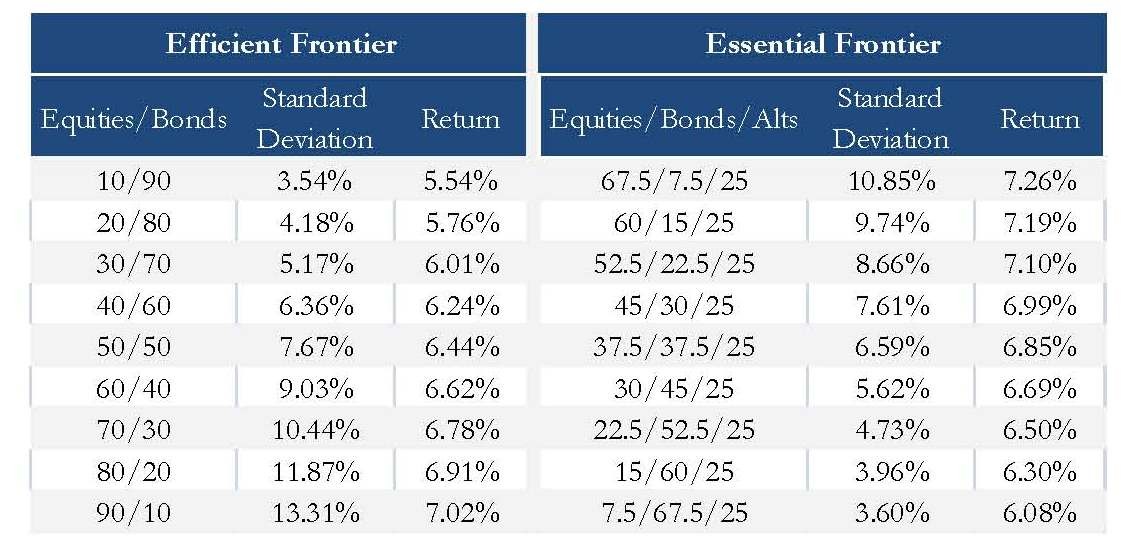What Are the Traditional and Alternative Asset Classes
Post on: 25 Апрель, 2015 No Comment

We all know diversification is key to minimize risk. When it comes to asset allocation and diversification, it helps to actually know what the available asset options are, if you want to create a lucrative portfolio. Its also vital to understand which type is the best for your needs and financial situation.
Let’s discuss both traditional and alternative asset classes and what each of them means.
Traditional Asset Classes
Traditional assets are those the typical investor would think about upon hearing the word “investment”. The traditional asset classes include the basic categories of stocks, bonds, and cash.
Let’s go over each of these in detail.
Stocks are securities that represent ownership in a company. There are two major stock classifications common and preferred. The owners of common stock can typically vote at shareholder meetings and receive dividends. The owners of preferred stock typically can’t vote, but have a higher claim on assets and earnings than common stockholders do.
Stock types include value, dividend, growth, small-cap, mid-cap, large-cap, domestic, foreign, and emerging. Here’s a quick rundown of each:
- Value Stock: likely trades at a low price compared to its fundamentals
- Dividend Stock: pays periodic dividend payments
- Growth Stock: earnings likely outgrow the market
- Small-Cap Stock: has market capitalization lower than $2 billion
- Mid-Cap Stock: has market capitalization between $2 and $10 billion
- Large-Cap Stock: has market capitalization higher than $10 billion
- Domestic Stock: a company in the country where the investor resides
- Foreign Stock: a company in a different country than where the investor resides
- Emerging Stock: a company in a developing country

Bonds are a debt investment the investor loans the money which is paid back by the borrower at a fixed-interest rate. The borrowers tends to be corporations or government entities. Bond types include junk, investment-grade, government, corporate, short-term, intermediate, long-term, domestic, foreign, and emerging. Here’s a quick rundown of each:
- Junk Bond: has higher default risk than investment-grade bonds, but offers higher yields
- Investment-Grade Bond: has low risk of default
- Government Bond: issued by government in order to support government spending
- Corporate Bond: issued by a corporation
- Short-Term Bond: likely matures within 3 years
- Intermediate Bond: likely matures within 3 to 10 years
- Long-Term Bond: likely matures in more than 10 years
- Domestic Bond: of a company in the country where the investor resides
- Foreign Bond: of a company in a different country than where the investor resides
- Emerging Bond: of a company in a developing country
Cash and cash equivalents are the most liquid of assets. They includes actual cash, as well as equivalents which are easily converted to cash, such as money markets and Treasury bills.
Alternative Asset Classes
Alternative assets are less traditional and more unexpected investment options. Alternative asset classes include commodities, real estate, collectibles, foreign currency, insurance products, derivatives, venture capital, private equity, and distressed securities.
Commodities are marketable items produced for the good of consumers. They are typically indistinguishable from one to the next, no matter who produces them. Examples of commodities include precious metals, agriculture, and energy.
Real estate could include commercial and residential properties, as well as REITs. Real estate is land and everything permanently fixed to said land. REITs, or real estate investment trusts, are companies that own and operate real estate that likely produces income.
Collectibles are items worth more than their non-collectible counterparts due to rarity or being in demand. Collectibles can include artwork, antiques, vintage wine, classic cars, stamps, and coins.
Foreign currency is currency typically not used in the investor’s home country.
Insurance products include life insurance (such as whole life) and annuities. An annuity is created when a person pays a life insurance premium that will be distributed back to the individual over time.
Derivatives are financial contracts that get their value from the performance of another asset or interest rate. These contracts may include futures, forwards, and/or options.
Venture capital is money invested for startups and small businesses that have growth potential over the long term. It is high risk, high reward and usually comes from relatively wealthy investors .
Private equity consists of investments made privately, and not quoted publicly. Investors make these investments directly into private companies. This capital is generally raised in order to fund new technologies or make acquisitions.
Distressed securities are from companies going through bankruptcy or near bankruptcy. While they are high risk, they are cheap to purchase and may be profitable if the company’s situation is not as dire as the market believes it to be.
Whether you decide to invest in traditional assets, or traditional and alternative assets, diversification is important. By knowing what each of the asset classes are, you will be better equipped to choose the investments that best suit your needs.














